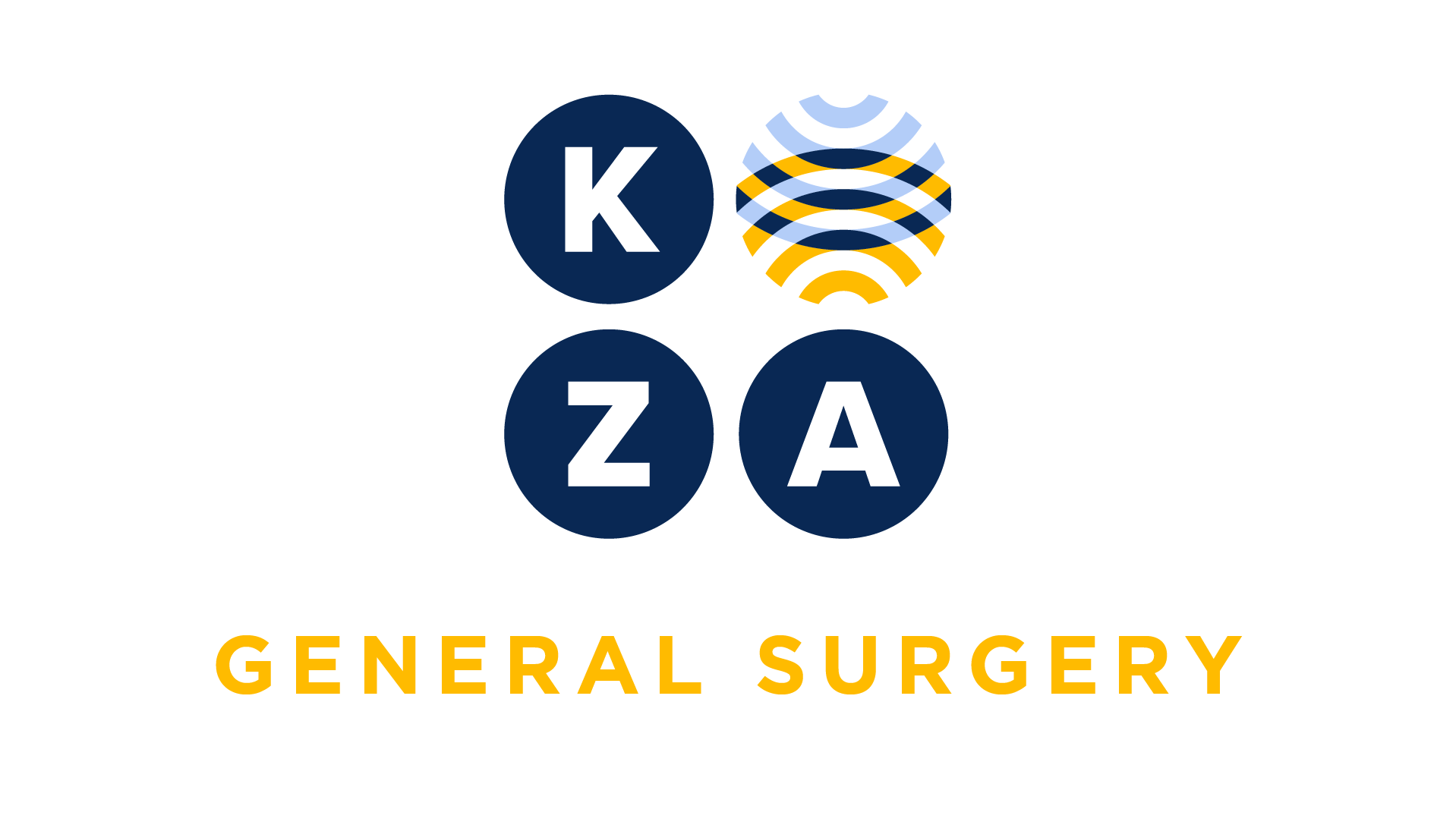
Choose your specialty from the list below to see how our experts have tackled a wide range of client questions.
Looking for something specific? Utilize our search feature by typing in a key word!
Billing for a Wound Vac
Can you bill for a wound vac on a surgical incision if the patient has a history of incision infections to help prevent this?
Question:
Can you bill for a wound vac on a surgical incision if the patient has a history of incision infections to help prevent this?
Answer:
The AMA published clarification on wound vac billing in the October 2021 CPT Assistant. Negative pressure wound therapy (97605-97606) is considered billable for both open and closed wounds. However, that does not mean that payors will reimburse separately for the service, so use caution and track results.
*This response is based on the best information available as of 03/10/22.
Using Modifier -22 for Adhesiolysis
My provider indicated that it took her an additional 80 minutes during a surgery to perform adhesiolysis. Is documentation of the time sufficient?
Question:
My provider indicated that it took her an additional 80 minutes during a surgery to perform adhesiolysis. Is documentation of the time sufficient?
Answer:
Although time (specific minutes) should always be indicated in the operative note, the provider must also give the reasonwhythe lysis took longer (what complicated this part of the surgery). For example, the patient’s BMI was 42 or history of 10 previous abdominal surgeries. This is true any time modifier -22 is used for any procedure, not just for lysing adhesions.
*This response is based on the best information available as of 02/24/22.
Billing E/M Visits During the Global Period
Can I bill different diagnosis codes for conditions/problems when seeing a patient in the hospital after surgery, but during the stay of a major surgery?
Question:
Can I bill different diagnosis codes for conditions/problems when seeing a patient in the hospital after surgery, but during the stay of a major surgery?
Answer:
It depends. You cannot bill for related issues or known complications that arise from the surgery, but you can bill for unrelated conditions/problems with proper documentation that supports billing. It must be clear in the documentation that the condition is unrelated with a clear plan of treatment for the new/unrelated issue. You would need to add a modifier -24 to any unrelated E/M service performed.
*This response is based on the best information available as of 02/10/22.
Coding a Diverting Ileostomy with a Low Anterior Resection/Low Pelvic Anastomosis Partial Colectomy
Instead of a colostomy as described in the laparoscopic CPT codes 44208 or the open code, 44146, my doctor does a diverting ileostomy. We have been billing the primary codes 44145 or 44207 and adding the ileostomy code, 44187 if laparoscopic or 44310 if open. Is that correct?
Question:
Instead of a colostomy as described in the laparoscopic CPT codes 44208 or the open code, 44146, my doctor does a diverting ileostomy. We have been billing the primary codes 44145 or 44207 and adding the ileostomy code, 44187 if laparoscopic or 44310 if open. Is that correct?
Answer:
Partial colectomy with anastomosis and colostomy (codes 44146, open or 44208, laparoscopic) includes creation of a colostomy (stoma of the large intestine) or ileostomy (stoma of the small intestine). The clinical description of this code, written when the code was developed, describes either external opening, so the codes are valued to include either an ileostomy or colostomy. So the correct coding is 44146 or 44208 when a low anterior resection/low pelvic anastomosis partial colectomy and a diverting ileostomy is performed instead of a colostomy.
For more information on colorectal coding, take a look at the KZA webinarColorectal Surgery Coding and Reimbursement, orcontact usfor more information.
*This response is based on the best information available as of 01/27/22.
Wound Vac Billing
I’m a general surgeon. Some of my team are reporting the negative pressure wound therapy codes 97605 and 97606 when applying wound vacs after closing at the completion of their surgical…
Question:
I’m a general surgeon. Some of my team are reporting the negative pressure wound therapy codes 97605 and 97606 when applying wound vacs after closing at the completion of their surgical cases. As a result, I am told by my coders that billing for these wound vacs is not appropriate, since there is a Medicare NCCI edit that bundles this with more comprehensive procedures at the same anatomic area.
The physicians and coders disagree about how to handle these edits. Some of the physicians believe the wound vacs are billable because they are applied to the skin which constitutes a different body system. The coders think the wound vacs are dressings which are included in the global surgical fee and would not billable. After multiple discussions with the physicians and coders, we are unable to provide a definitive answer. Could I please ask you for your advice regarding this issue? What is the right answer?
Answer:
There are two layers to the issue; CPT rules and payor editing rules.
First, from a CPT perspective, the “wound vac” codes in the range of 97605-97608 are only reportable when placed at an open wound site. For example, if a physician performed debridement of an open wound, did not close the wound, but placed a wound vac at the debridement site to promote healing, a code in the range 97605-97608 could be reportable if appropriately documented. Additionally, in the case of delayed closure of the abdomen in damage control surgery, the placement of a wound vac over this open abdomen may be separately reported if documented correctly.
Codes 97605 and 97606 are used for placement of a non-disposable wound vac device, while codes 97607 and 97608 are used if the wound vac is disposable. The codes are further differentiated by the wound size, either greater than 50 sq cm, or less than or equal to 50 sq cm.
If the wound site has been surgically closed, and a wound vac is placed over the closed wound site, then the use of the wound vac is not separately reportable, as it is being used as a dressing.
In the case of a “codeable” wound vac, payor rules that apply when other services are performed at the same time should also be considered. For example, debridement code 11044 does not have an NCCI edit with code 97605, thus you should not have any issues reporting the two codes together. Similarly, you should not find NCCI edits between the lower extremity decompressive fasciotomy codes and the wound vac codes – another type of procedure where it is not unusual to have delayed surgical closure of the wound site.
Damage control surgery, fasciotomy coding and use of wound vacs will be thoroughly covered in the ACS Successful Surgical Coding and Trauma and Intensive Care coding courses offered in several locations in 2020.
*This response is based on the best information available as of 10/14/21.
Billing for Reopening of Recent Laparotomy
Our surgeon insists on billing for 49002 reopening of a recent laparotomy and a 44005 lysis of adhesions, since the case is complicated because the laparotomy was only 60 days ago. Can…
Question:
Our surgeon insists on billing for 49002 reopening of a recent laparotomy and a 44005 lysis of adhesions, since the case is complicated because the laparotomy was only 60 days ago. Can he bill for both in any circumstance?
Answer:
Although this was a reopening of a recent laparotomy, lysis of adhesions was the primary procedure performed and would be the only code billable. Coding rules would follow the same guidelines for 49002 just as they do for an exploratory laparotomy 49000. When a more extensive procedure is performed, the laparotomy (in this case reopening of a laparotomy) is not separately billable. And don’t forget to add the appropriate modifier depending on the circumstance, to indicate whether the surgery was related, for example a complication, (78), an intentionally staged procedure (58) or if unrelated (79) to the original laparotomy.
*This response is based on the best information available as of 12/03/20.

